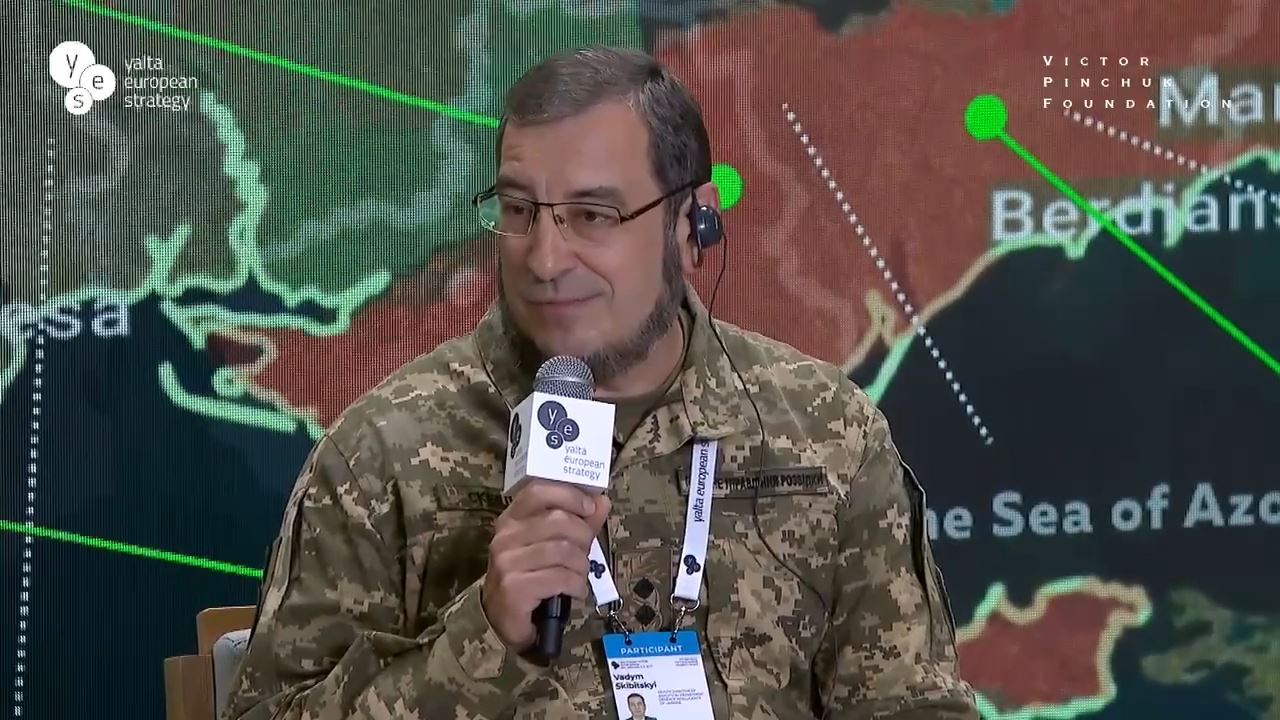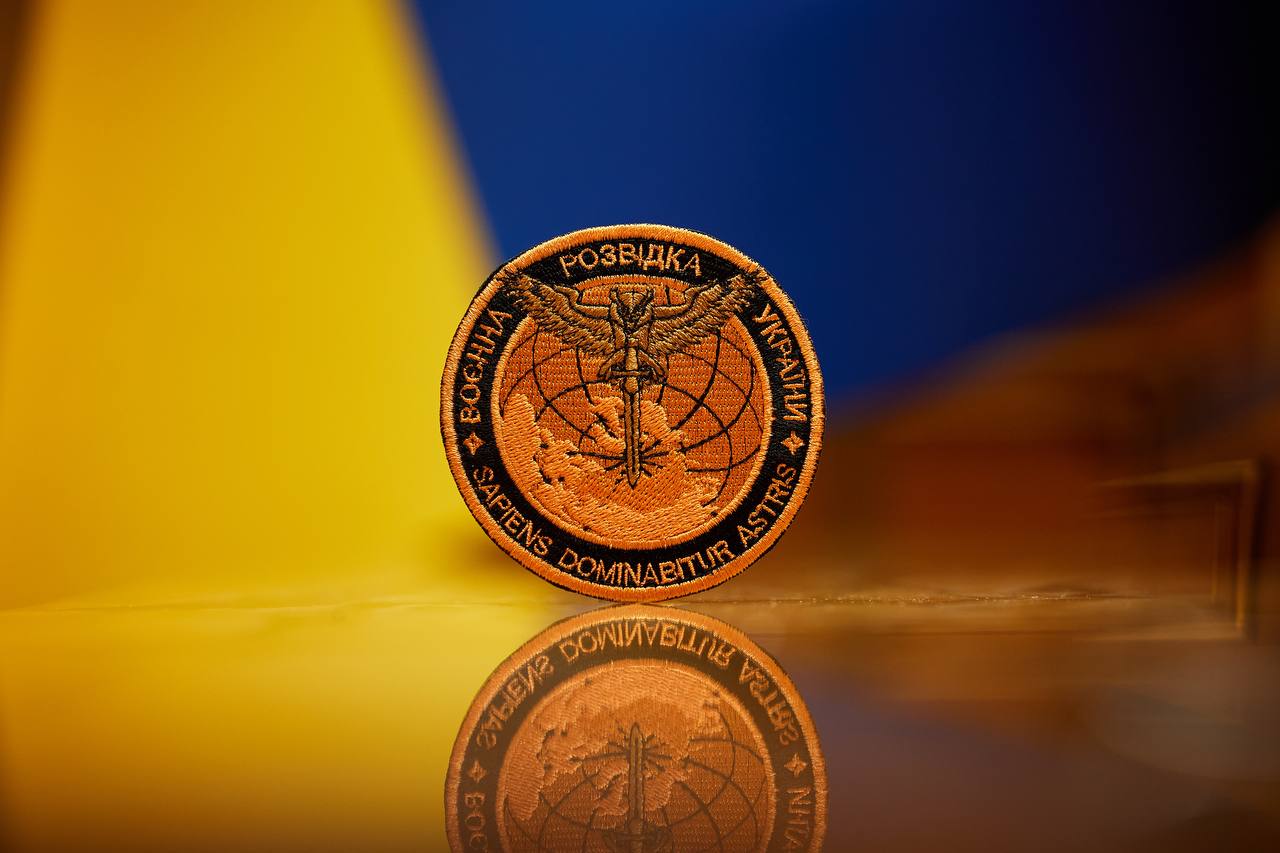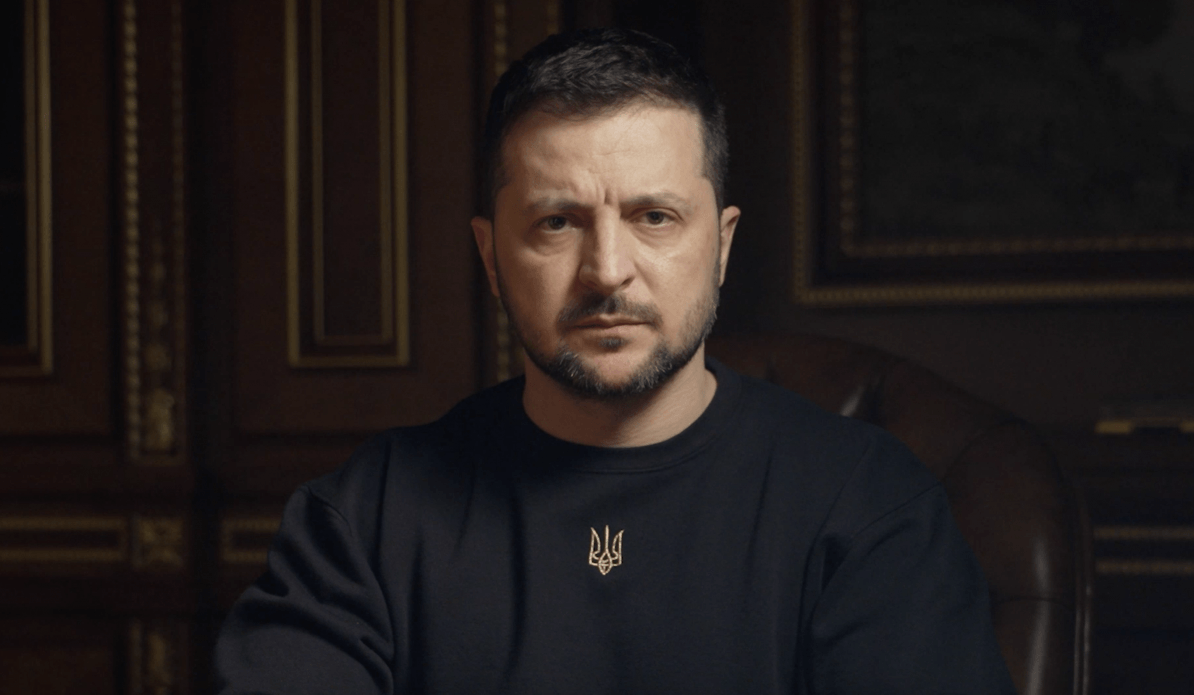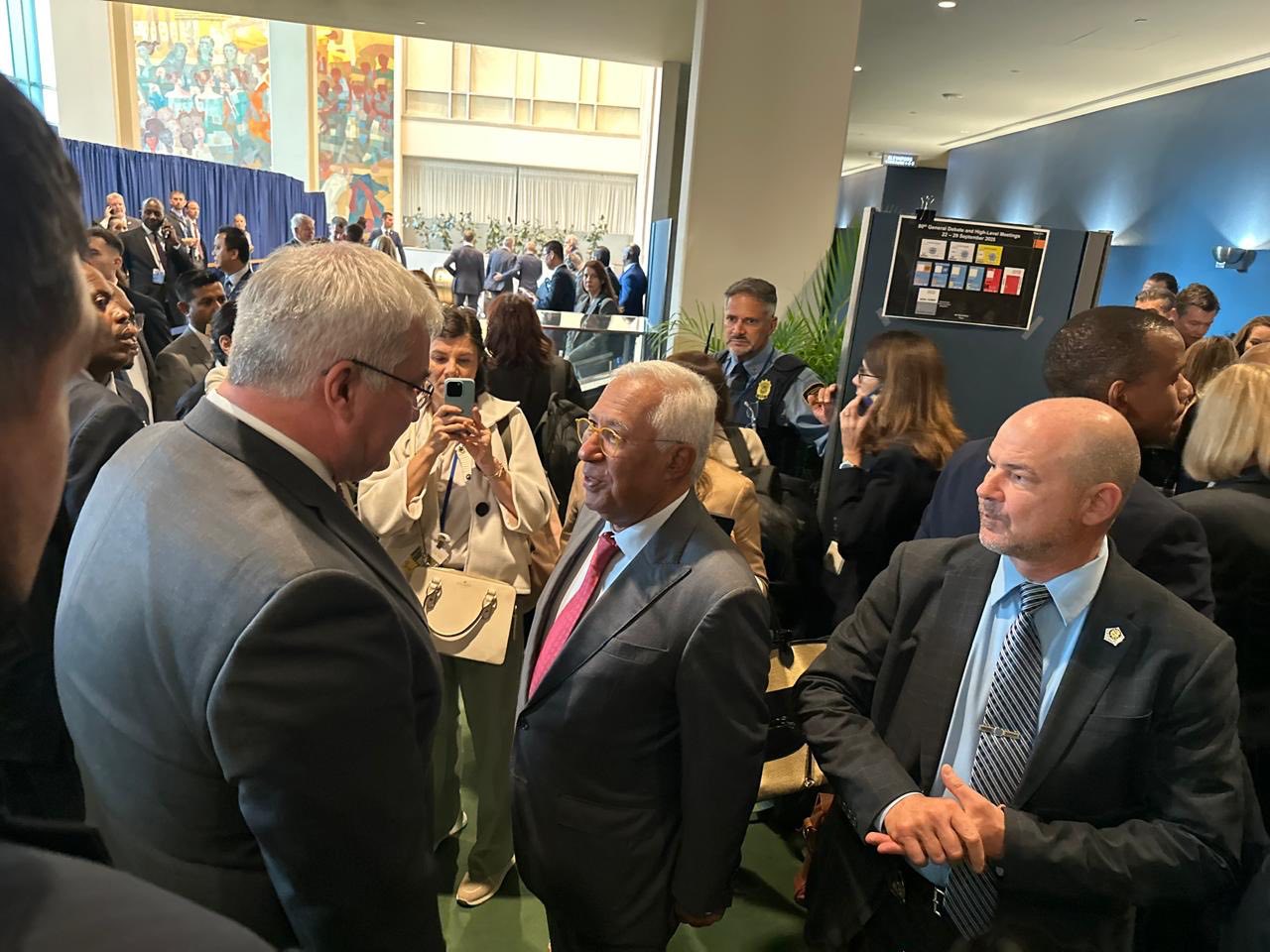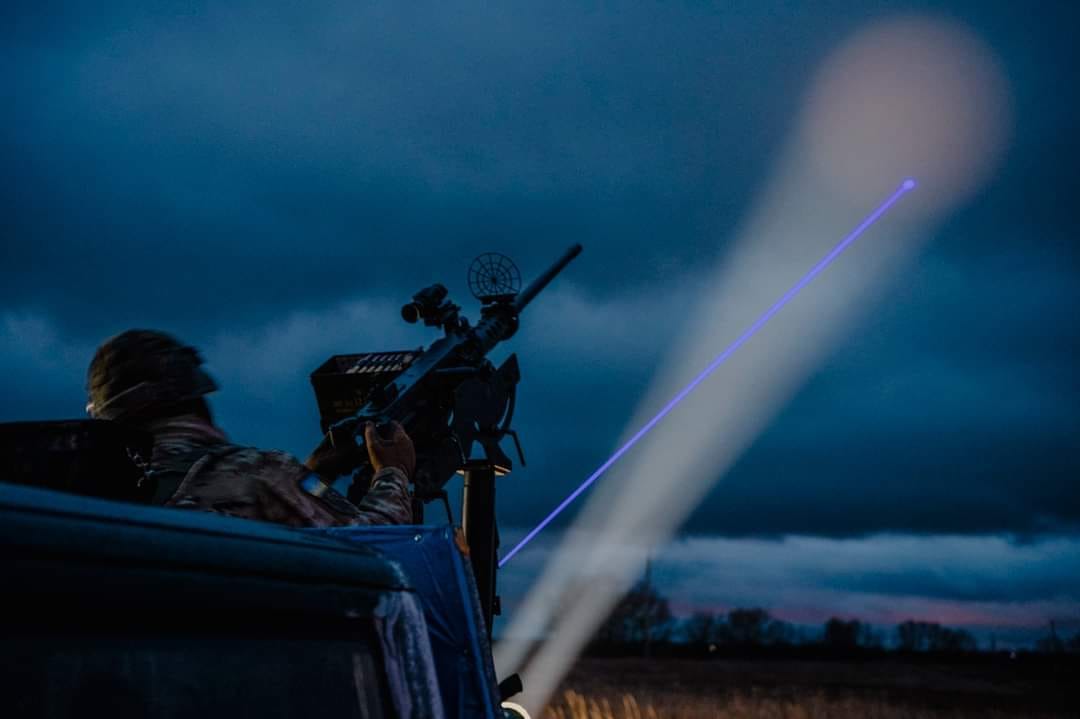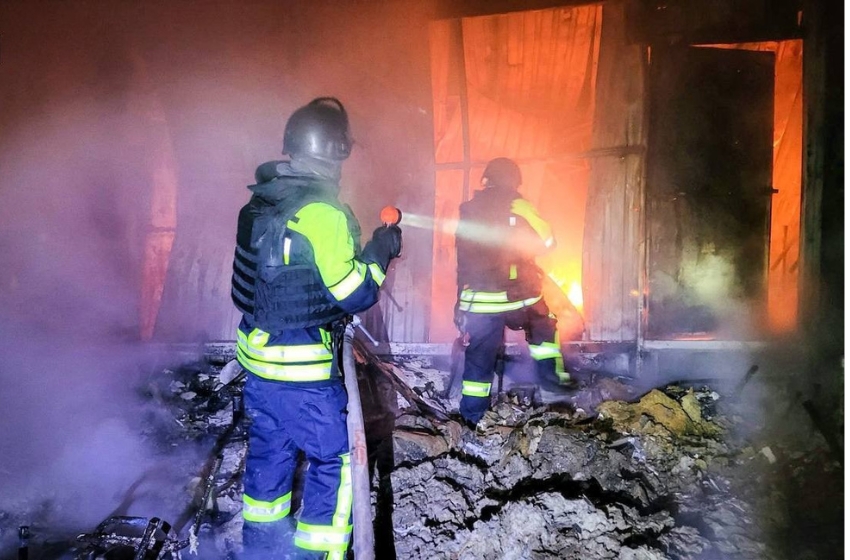Representative of the Main Intelligence Directorate of the Ministry of Defense of Ukraine Vadim Skibitsky participated in a discussion within the framework of the "Yalta European Strategy."
Major General of the Ukrainian Ministry of Defense's Main Intelligence Directorate expressed gratitude to international partners for their critically important assistance to Ukraine, which is directed towards countering Russia's large-scale aggression in order to protect Ukrainians and liberate all Ukrainian territories.
Vadim Skibitsky provided an update on the current situation in the ongoing Russian-Ukrainian war:
The aggressor has concentrated over 420,000 military personnel on the occupied territories of Ukraine, not including the Russian National Guard and other military units and structures that support the occupation regime.
The Russian occupation contingent includes a significant number of tanks, armored vehicles, artillery systems, multiple launch rocket systems, and missile systems.
Along the border with Ukraine, Russia has deployed 46 Iskander missile launchers, which are used to strike Ukrainian civilian infrastructure objects with ballistic and cruise missiles.
Over the course of more than a year and a half of full-scale war, Moscow has not achieved its strategic goals — neither the complete occupation of Ukraine nor the full occupation of Donetsk and Luhansk regions.
The most active combat operations by Russia are taking place on two frontlines: Kupyansk-Lymanske and Maryinka-Donetsk. The aim of these actions remains the occupation army's exit to the administrative borders of Donetsk and Luhansk regions.
The aggressor state's forces are actively using aviation but are wary of the Ukrainian air defense system, which includes modern equipment provided by partners that has proven its effectiveness by destroying most enemy aerial targets.
The aggressor is using weapons produced on an assembly line, which means that what is manufactured in Russian defense industry enterprises immediately goes to the military. This includes missile weaponry, with Russia launching attacks on Ukraine using missiles manufactured in the third quarter of 2023.
Russia aims to increase its military production, particularly what they term "high-tech types of weaponry."
We are working together with the international community to reduce Russia's military potential. This involves cooperation in the realm of sanctions policy aimed at cutting off supplies of components.
Ukraine continues to strike Russian military targets, including facilities that produce lethal weaponry.
